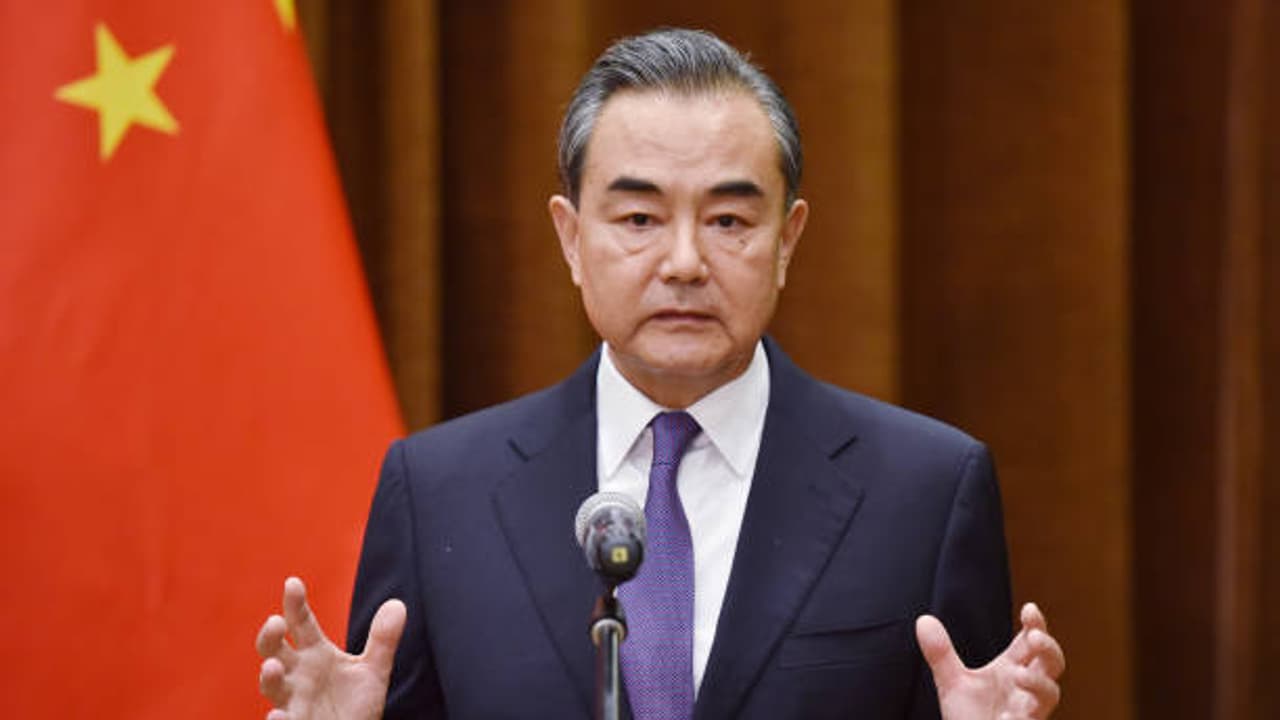Chinese foreign minister Wang Yi will visit India on Monday, the first such visit in over three years to discuss issues focusing LAC situation, confidence-building measures, and restoring stability after the 2020 Galwan Valley clashes.
New Delhi: In a further sign of a diplomatic thaw with Beijing as tensions with the United States rise, the Chinese foreign minister Wang Yi is arriving in India on a two-day visit on Monday, the first such visit in over three years and also about two weeks ahead of Indian Prime Minister Narendra Modi’s visit to China for the first time in the last seven years, to discuss issues focusing line of actual control (LAC) situation, confidence-building measures, and restoring stability after the 2020 Galwan Valley clashes.
During his stay for two days in the country, he will attend the 24th round of Special Representative (SR) talks with NSA Ajit Doval on the border dispute between New Delhi and Beijing. Wang Yi, a member of the Chinese Communist Party’s Politburo, will also hold individual talks with Prime Minister Narendra Modi and hold bilateral talks with his Indian counterpart S Jaishankar. His visit, at the moment, assumes significance since it is happening just less than two weeks after Modi’s scheduled visit to China on August 31to participate in the Shanghai Cooperation Organization (SCO) Leaders’ Summit in Tianjin.
Apart from border issues, the two sides will also discuss trade and resumption of flight services. It is pertinent to mention here that the SR-level talks are being held after Modi and Chinese President Xi Jinping agreed in a meeting in Kazan to discuss the management of peace and tranquility in the border areas and explored a fair, reasonable and mutually acceptable solution to the boundary question.
Prior to the May 2020 standoff in multiple locations in eastern Ladakh, the SR-level talks used to be a normal phenomenon but had to be suspended after the December 2019 round in New Delhi. Since the meeting between Modi and Xi in Kazan in 2024, both sides have taken a number of steps to ease tensions, including the resumption of the Kailash Mansarovar Yatra and multiple high-level meetings between their foreign and defence ministers. As far as the situation along the LAC is concerned in eastern Ladakh, tensions still persisted since the 2020 standoff, with both sides maintaining a heavy troop presence and military equipment along the frontier, even as disengagement has taken place at five flashpoints. However, talks on de-escalation and de-induction are yet to take place.
Talking to Asianet Newsable, Defence and strategic affairs expert Major General Sudhakar Jee (Retd) reiterated that India continues to hold its position on restoring the status quo ante. “Current profile of ‘Extended Stand-off’ must restore the status quo ante to the pre-April 2020 profile. Troops on both sides must de-escalate, de-mobilize and de-induct in a reasonable time-frame,” Sudhakar Jee said.
“A permanent solution to resolve the long pending border dispute must be undertaken making use of Protocol 2005. The 3,488 km long border be delineated on map and demarcated on ground between two neighbours at the earliest,” the former Indian Army officer added. Last year in November, just ahead of the Modi-Xi meeting in Kazan, the two sides resumed patrolling in Demchok and Depsang. Prior to this, disengagements were carried out in Galwan, Gogra, Hot Springs, and the north and south banks of Pangong Tso. The 3,488-km Line of Actual Control (LAC), the de facto boundary between India and China, is divided into the eastern, middle and western sectors, with multiple disputed points agreed upon by both sides.
